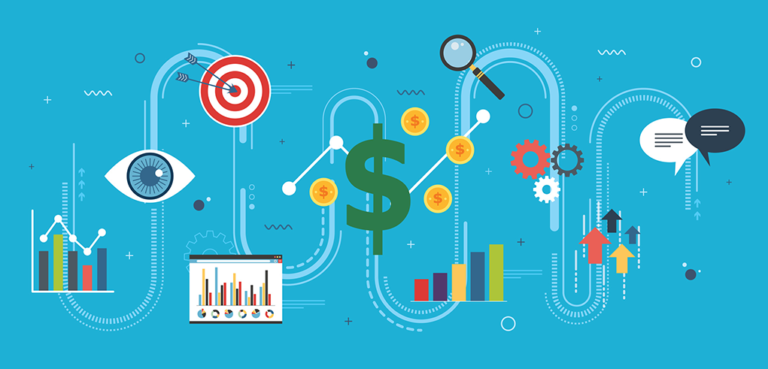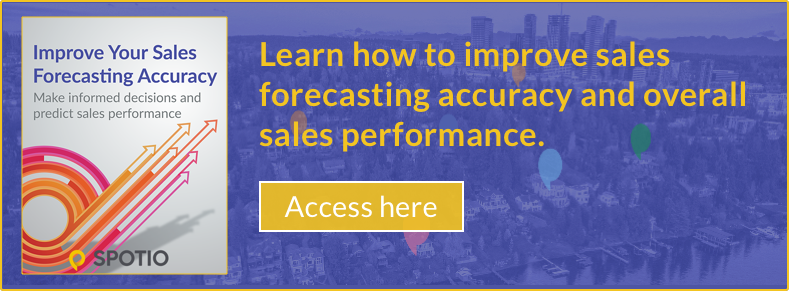Of the top 5 forecasting methods, Opportunity Stages Forecasting is the most common. In this article we’ll discuss why this is the case and include specifics on how this sales forecast technique works, how to fix your sales forecast, and what you need in order to run one.
So, what is sales forecasting and why does it matter?
Sales forecasting allows companies to make more informed business decisions, particularly those decisions that have an impact on budget, operations, marketing, sales, and all related areas of decision making. Sales leaders habitually face issues implementing the most effective techniques for many reasons.
28.1% of businesses find that they need help with sales forecasting because they previously struggled with overestimating sales. This means that the company starts to spend money they can’t recoup, or they underestimate sales leaving the company ill-prepared for the influx that takes place.
Either way, sales departments need help forecasting.
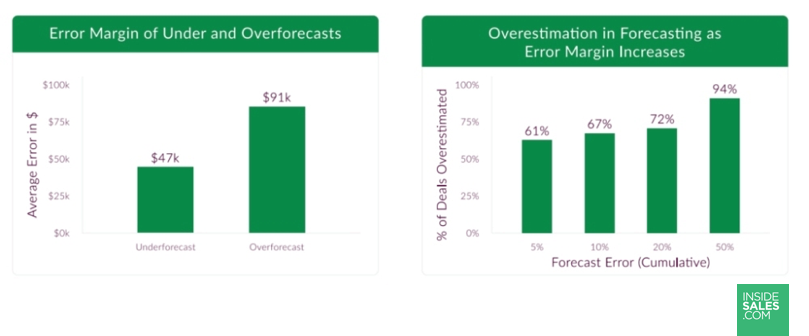
Having the right tools makes it easier for sales leaders to use actionable sales intelligence. It’s imperative that your company uses sales forecasting methods not only early, but effectively. Choosing the right sales forecasting will help your company to identify problems in advance, evaluate potential sales opportunities, keep track of the progress each of your sales representatives make, and prepare the necessary support for sales.
The 5 Types of Forecasting Techniques
1 | Opportunity Stages Forecasting
Opportunity stages forecasting, as the name suggests, is a forecasting technique where sales staff break down the pipeline into different stages. This includes specific calculations pertaining to the chances of closing a deal at each stage in the pipeline.
2 | Length of Sales Cycle
This forecasting method is a quantitative method that helps you to predict when a deal is likely to close rather than what your overall success rate is. This happens through understanding how long the average sale cycle is and dividing the total number of closed deals by the total number of days it took to close those deals.
3 | Forecast Stages
Forecast stages is a qualitative approach that helps companies to determine the expected value of the deals they close. It uses insight rather than intuition, relying heavily upon the assessments of sales reps.
The downside to this particular method is that it doesn’t rely upon hard science/math and is quite subjective. Companies that are not entirely certain their entire team of sales reps can make assessments about individual skills and potential clients might end up with a lot of disappointment using this method.
4 | Scenario Writing
This technique is a qualitative approach designed for long-term planning. It’s a course dependent upon a subjective understanding of sales. It requires sales leaders to draft a different pictures that could potentially unfold based upon a variety of assumptions. This usually encompasses best case scenario and worst-case scenarios.
For this method to be properly applied, users would need a comprehensive understanding of business activity and psychology and they would be reliant upon a more subjective science rather than a strict science.
5 | Regression Analysis
Regression analysis gives you a much more in-depth quantitative view of what things could impact sales and what changes you have to make as a result of your sales process. However this particular method requires a comprehensive understanding of statistics and involves a great deal of calculations pertaining to different variables that can impact sales.
As the name suggests, sales leaders would have to choose a regression model and run it after they have determined the reasons for forecasting, dependent variables, independent variables, length of time for review, etc.
Why Opportunity Stages Forecasting is Most Common
Opportunity Stages Forecasting is the most common because it is one of the easiest to implement and to grasp for those with limited experience in forecasting. Moreover, it is one of the best forecasting methods to use for those who want an objective understanding of each stage of the sales pipeline.
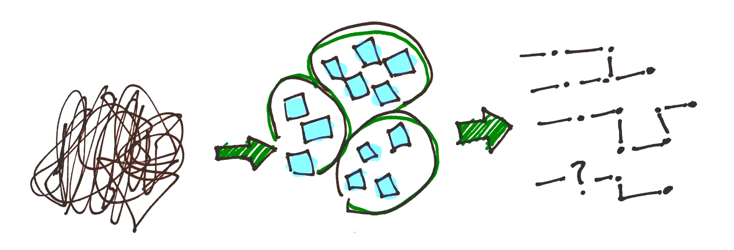
Consider that as a sales leader, the most accurate understanding you get from every deal that was either closed or left open is the subjective opinion given by your sales reps. But with this type of forecasting, you can have a much clearer idea of what happened.
You can also use this to assess the performance of your sales team and figure out where they truly need improvement as they start working down the pipeline with a prospective client.
Most businesses will divide the pipeline into the prospect stage, the qualification stage, the quote, the closing, and whether the deal is completed with success. As a deal works its way through the stages it has a much higher chance of making it into the “win” category the closer it is down the line.
This is why understanding how performance is at each stage and where improvements are necessary is incredibly beneficial to the entire sales staff; it allows each sales rep to improve at various points along the pipeline which will naturally increase the chances of moving a prospect even farther down the line.
All of this improves the chance of that deal becoming a win.
Common Sales Pipeline Stages
- Prospect
- Qualify
- Approve
- Deny
- Contract Sent
- Completed
- Won/lost
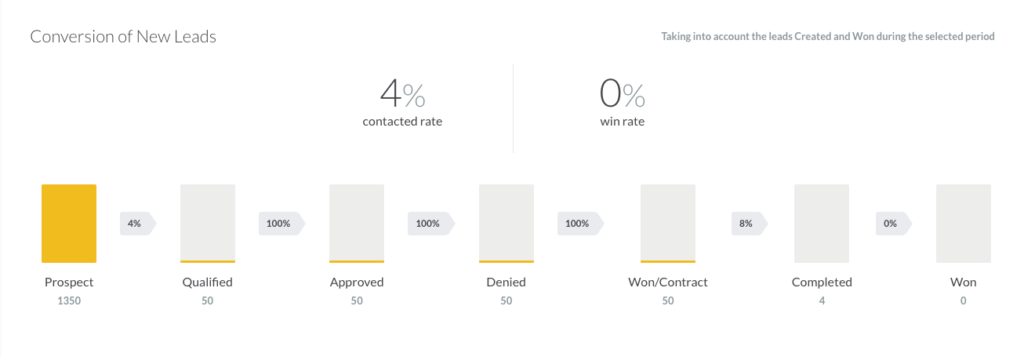
How To Implement Opportunity Stages Forecasting
In order to implement this technique sales leaders have to analyze and understand past performance. Extrapolating on past sales performances to better understand success rates at every stage of the pipeline ensures that estimates are pertaining to future results.
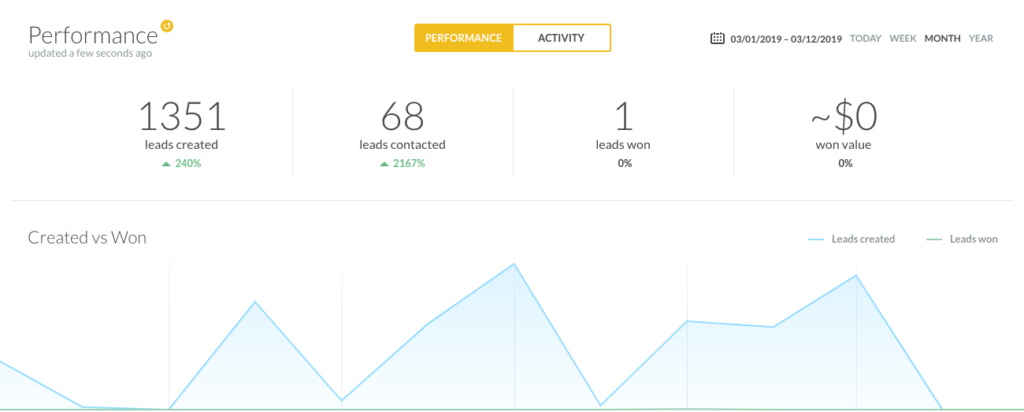
If past performance indicates that half of the deals are successful, then during a given quarter your chance of closing a deal at the final stage of the pipeline is going to be 50%.
Basic calculations using this forecasting method allows you to estimate income in revenue streams which can help you assess the deals in your pipeline and performance for each sales rep. Companies with top-of-the-line sales leaders still struggle to use the right sales forecasting. The reasoning is simple. It is a quantitative topic, one with many moving parts and factors to take into consideration.
It takes a lot of practice to become proficient at sales forecasting but with the right techniques and the proper tools, it is possible. A CRM with great data and reporting capabilities is critical to fixing your sales forecast and properly implementing this technique. With a reliable CRM from a reputable company, your sales staff will have everything they need to improve all stages of the pipeline.
Take action now. Start implementing opportunity stages forecasting in tandem with a reliable CRM with full data/reporting capabilities to improve your sales pipeline.
_______
Questions or comments? Contact SPOTIO at [email protected] or comment below.
SPOTIO is the #1 field sales acceleration and performance management software that will increase revenue, maximize profitability, and boost sales productivity.
Want to see a product demonstration? Click here to see how SPOTIO can take your sales game to the next level.

